(843 products available)
























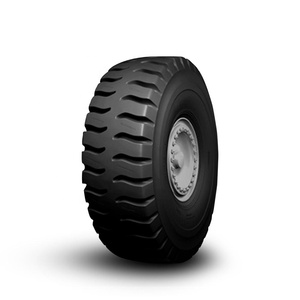









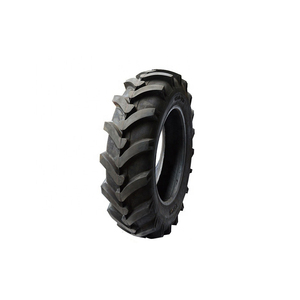
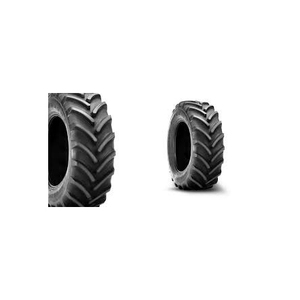
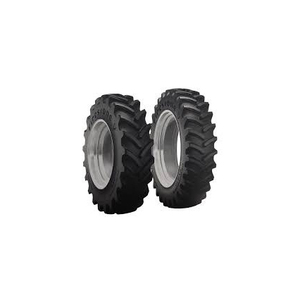

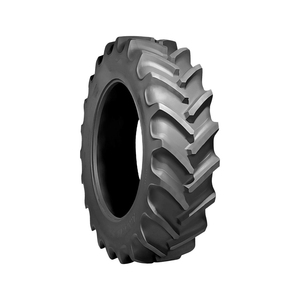




















































































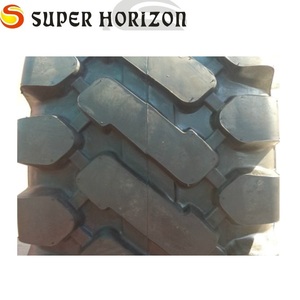













































There are several different types of 18.00 24 tires. They include the following:
Highway tires
Highway tires are made with a single tread rubber composition that is hard and durable. They are best suited for long-distance travel on highways. The tires have a symmetrical tread design that provides a stable driving experience and reduces tire wear. The channels on the tire's surface help with water displacement, which improves traction on wet roads. On top of that, the closed shoulder design improves the stability of the vehicle while reducing noise.
All-terrain tires
All-terrain tires are designed to provide good performance on all types of terrain, including highways and off-road. They have a simple tread design with close and open blocks, which contributes to their adaptability to different conditions. The slightly angled pattern bars improve traction on muddy and sandy surfaces, while the lateral notches and square edges enhance grip on rocky paths. These tires also have a solid shoulder design, which improves their on-road and off-road durability. The rubber compound used to make these tires is long-wearing.
Sand tires
Sand tires are specifically designed for vehicles that drive on sand, such as ATVs and dune buggies. They have big paddle-like treads that scoop and throw sand, which prevents the vehicle from sinking. The tires' low-pressure design allows them to float on the sand surface. Sand tires also have a wider footprint, which reduces sand penetration and provides better traction.
Mud-terrain tires
Mud-terrain tires are designed for off-road activities, particularly in muddy terrains. They have large, aggressive tread patterns with deep grooves that provide exceptional grip in mud. The higher void ratio and well-placed siping improve the tires' self-cleaning ability. As a result, the tread debris is expelled quickly, and the grip is maintained. These tires also feature a reinforced sidewall, which improves puncture resistance.
All-season tires
All-season tires are designed to provide good performance in various weather conditions, including mild winter and summer. They have a moderate tread design with sufficient biting edges for winter traction and a stable shoulder design for summer grip. The circumferential grooves offer wet traction and hydroplaning resistance. The tires are manufactured using a rubber compound that offers durability and adaptability.
Here are the specifications for the 18.00-24 tire size:
Tire width
In this case, 18 inches is the tire's width. The measurement is at the tire's side at the widest part. The width affects the traction, handling, and ride quality. A wider tire improves grip and stability. However, it will have a rougher ride and increased road noise.
Aspect ratio
The aspect ratio is 00 in this tire specification. This number indicates the tire's sidewall height in inches. For the 18.00-24 tire, the sidewall height is 72% of the width. A lower aspect ratio gives better handling and cornering. On the other hand, a higher ratio provides a softer ride and better off-road performance.
Tire diameter
The 24 inches diameter is the wheel that the tire fits. Tires with larger diameters give better stability and a smoother ride. They are also more fuel efficient as the rolling resistance is lower.
Load index
The load index for this tire is 125. This number indicates the maximum load the tire can carry. For the 18.00-24 tires, that's 8,858 pounds. It is important to ensure that the vehicle's axle rating is higher than the tire's load rating.
Speed rating
The speed rating for the 18.00-24 tires is M. This letter indicates the maximum speed the tire can handle. The M speed rating is 81 mph. When choosing a tire, ensure the speed rating matches the vehicle's capabilities.
Here are some tips for maintaining 18.00-24 tires:
Choosing the right 18.00 24 tire for specific needs requires considering several factors:
Load Capacity:
Users should analyze the type of cargo the truck transports regularly. A tire's load rating should surpass the truck's load requirements. This ensures even distribution of the load and prevents overloading, which can damage the tire.
Seasonal Conditions:
Users should evaluate the weather conditions in their region. In summer, high-performance tires offer superior grip and handling in dry and wet conditions. In winter, all-season tires suitable for light snow and winter conditions are ideal. In regions with extreme winter conditions, winter tires are necessary to ensure safety.
Terrain:
Buyers should consider the type of roads and terrains they frequently encounter. On-road tires are suitable for highways and paved roads. Off-road tires are ideal for trucks that drive on unpaved roads, in regions with gravel roads, or on construction sites. All-terrain tires offer a good combination of off-road and on-road capabilities.
Tread Design:
Users should select tires with appropriate tread patterns for their needs. Tires with a symmetrical tread pattern provide stability and even wear, making them ideal for highway driving. Asymmetrical patterns offer great grip on wet and dry surfaces, making them suitable for variable conditions and high-performance needs.
Brand and Quality:
Buyers should invest in reputable tire brands that provide quality products and after-sale services. Quality tires from well-known brands offer better performance, durability, and safety. Additionally, they provide access to after-sale services, including warranty and customer support.
Fuel Efficiency:
Users should consider the rolling resistance of the tires. Low-rolling-resistance tires reduce fuel consumption and are, therefore, cost-effective. They are suitable for long-haul trucking. Additionally, low-rolling-resistance tires offer better acceleration and high speed.
Noise Level:
Buyers should analyze the noise level of the tires, especially if they are purchasing tires for trucks used in delivery and freight. Low-noise tires provide a quieter cabin environment, improving comfort and reducing strain on the vehicle.
Price:
Users should select tires that fit their budget and financial needs. Although quality tires from well-known brands may have a higher initial cost, they provide long-term durability and reduce the need for frequent replacements. Additionally, they minimize repairs, ensuring cost-effectiveness in the long run.
Changing tires can be pretty straightforward, especially if one has the right tools and enough experience. Here's a simple guide on how to replace 18.00 24 truck tires:
Prepare the vehicle:
Park the vehicle on a level, stable ground. Engage the parking brake, and place wheel chocks on the tires remaining on the road. Gather all necessary equipment, including a new tire, jack, jack stands, wrench, and lug nut key.
Remove the hubcap or wheel cover:
Use a flathead screwdriver or another suitable tool to remove the hubcap or wheel cover from the tire that needs replacing. This step is usually done before loosening the lug nuts.
Loosen the lug nuts:
Use a lug nut wrench or breaker bar to loosen the lug nuts slightly. They should not come off completely. Turning the nuts counterclockwise is essential. Take note of the direction as it may be printed on the wrench.
Lift the vehicle:
Place the jack under the vehicle's recommended jacking point adjacent to the flat tire. Start lifting the car until the tire clears the ground. Once the tire lifts off the ground, it is crucial to keep checking to ensure the jack is stable and secure.
Remove the tire:
Once the vehicle is lifted, and the lug nuts have been removed completely, carefully pull the tire off the wheel hub.
Mount the new tire:
Align the new tire with the wheel hub and carefully push it onto the hub. Ensure the holes in the wheel align with the studs on the hub. Once the tire is in place, screw the lug nuts by hand until they are snug.
Lower the vehicle:
Once the new tire is mounted, and the lug nuts are snug, lower the vehicle by using the jack. Once the car is back on the ground, remove the jack and recheck the lug nuts to ensure they are adequately tightened.
Replace the hubcap or wheel cover:
Put the hubcap or wheel cover back onto the wheel. Ensure it is correctly aligned and securely attached. The process of replacing the 18.00 24 tire is now complete. Repeat the same process if more than one tire needs replacing.
Q1: What does the ""18"" and ""24"" mean in the 18.00 24 tire?
A1: The ""18"" in the 18.00-24 tire indicates the tire's nominal size for the tire's internal components. It represents the approximate diameter of the tire's interior. The ""24"" refers to the wheel's diameter in inches, which the tire must fit.
Q2: What is the meaning of ""wide-base"" in the 18.00-24 tires?
A2: The 18.00-24 tires are considered wide-base tires. Wide-base tires have a single, wider rear tire instead of dual standard rear tires. The wide-base tires improve traction and stability and are common on over-the-road trucks and in off-road applications.
Q3: What is the 18.00-24 tire's aspect ratio?
A3: The aspect ratio of the 18.00-24 tire is 100. This is because the 18.00-24 tire has a nominal section height of 18 inches, which is equal to the diameter of the tire. Thus, the 18.00-24 tire has a 100% aspect ratio.
Q4: What is the 18.00-24 tire's load index and speed rating?
A4: The 18.00-24 tire's load index is 159, corresponding to a maximum load of 39,000 pounds. The 18.00-24 tire's speed rating is L, with a maximum speed of 75 mph.
Q5: What types of vehicles use the 18.00-24 tires?
A5: The 18.00-24 tires are primarily used on large trucks, buses, and construction and agricultural equipment. These vehicles require high durability, traction, and stability, which the 18.00-24 tires provide.